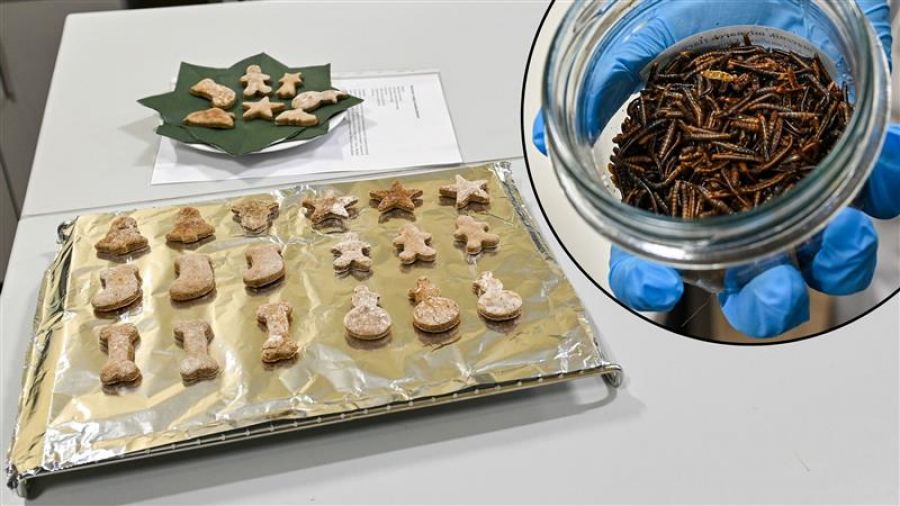Polish scientists have developed a new, environmentally friendly paper suitable for printing Braille texts.
The team from the West Pomeranian University of Technology in the northern port city of Szczecin worked together with the research and development department of Arctic Paper, Poland’s largest producer of wood-free ‘offset’ paper used for commercial printing.
The team’s lead scientist, Dr. Ewa Mijowska, told the Polish Press Agency the new process uses 10–15% less cellulose fiber than traditional technologies, which she described as a “huge gain on an industrial scale,” as well as being better for the environment.
She said the product, dubbed ‘Amber Terra,’ is made with fibers specially modified with polymer molecules, or ‘linkers,’ that improve the retention of filler on the surface. The result is a stiffer, more opaque paper that is suitable for printing Braille documents and can also be used for the production of books, envelopes and other products.
Dr. Mijowska described the university’s partnership with Arctic Paper as “exemplary cooperation between science and industry” that had led to the product—which is already in commercial production—being developed in less than three years.
The project was granted 16.4 million złoty (€3.9 million) by the National Centre for Research and Development.
The team’s lead scientist, Dr. Ewa Mijowska, told the Polish Press Agency the new process uses 10–15% less cellulose fiber than traditional technologies, which she described as a “huge gain on an industrial scale,” as well as being better for the environment.
She said the product, dubbed ‘Amber Terra,’ is made with fibers specially modified with polymer molecules, or ‘linkers,’ that improve the retention of filler on the surface. The result is a stiffer, more opaque paper that is suitable for printing Braille documents and can also be used for the production of books, envelopes and other products.
Dr. Mijowska described the university’s partnership with Arctic Paper as “exemplary cooperation between science and industry” that had led to the product—which is already in commercial production—being developed in less than three years.
The project was granted 16.4 million złoty (€3.9 million) by the National Centre for Research and Development.
More In Society MORE...





